There are several different types of materials used for mixing manifold cartridges in autoanalyzers.
One of the two most common manifold materials utilized is clear acrylic which is often considered optimal due to its transparent quality giving greater visibility to the chemical reagents flowing inside the mixing tees. The other is polysulfone, a significantly darker amber-colored material with much less clarity, but is often considered to be more robust because it doesn’t tend to fracture as easily and rates slightly better in its chemical resistance.
In order to analyze hundreds of samples easily and accurately, these intricately engineered manifolds are necessary. They are an integral part of the powerful result producing autoanalyzer system. By having a continual stream of chemical reagents flowing through the manifold, samples can be simply and reproducibly injected into the stream producing hundreds of samples a day if necessary. No other type of instrument can match the auto analyzer when comparing cost to the amount of samples it can run.
These manifolds with their specifically engineered flexibility allow analysis at low (ppb) or high levels (ppm) while also dealing with odd matrixes like extractions, seawater, or digestions because of the flexibility in having adaptable mixing tees. Tubing connections can also be easily moved around to mix, dilute and acidify with the ease of a simple finger-tight fitting and a peristaltic pump tube. By simply introducing a new tee on a manifold any variability required due to matrix or concentration range can be addressed. These reagents can be 5 M Sodium Hydroxide, 2 M Hydrochloric Acid, or any other of the myriad of chemicals required to produce a color event for the colorimetric detector.
The chemical resistances of acrylic and polysulfone materials can be found here. Ultimately though, there isn’t a big difference in the vast majority of the colorimetric and amperometric chemistries found in modern environmental, industrial and regulatory laboratories. Bottom line, these two materials are more similar than different. There are many different approaches to how manufacturers select which material is best; I find that the durability and resistance of each of these materials are related to the type of fittings used on them.
By using a chemically inert, flexible Viton gasket and a flanged Teflon tubing nut fitting, the finger-tight pressure required for a non-leaking seal does not exert enough pressure outwards on either type of material to cause fracturing. The crystalline properties of these plastic resins will fracture due to over tightening of poorly designed fittings even in the presence of only neutral water. When a ferrule fitting or any other type of non-flexible fitting is used (since they must be over tightened to form a seal and therefore produce an outward force) it fractures both types of materials regardless of what types of chemicals are flowing inside. By using flanged fittings with inert flexible gaskets, a seal is made downwards into the bottom of the fitting port and thus never causes a fracture. This makes the type of material used in the manifold irrelevant except in special chemical situations which are generally the minority of applications for the easy and productive colorimetric analysis instrument known as an autoanalyzer.



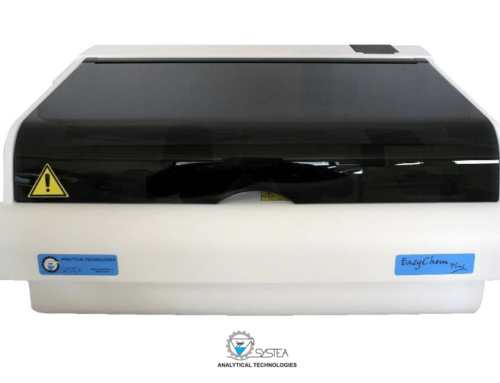
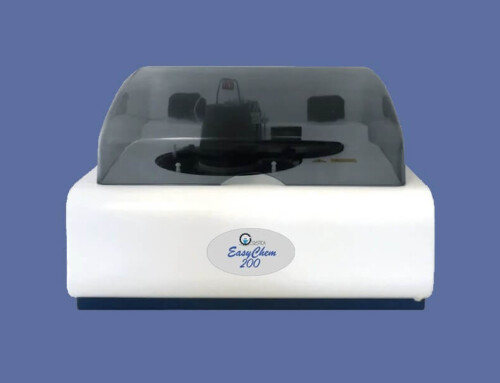
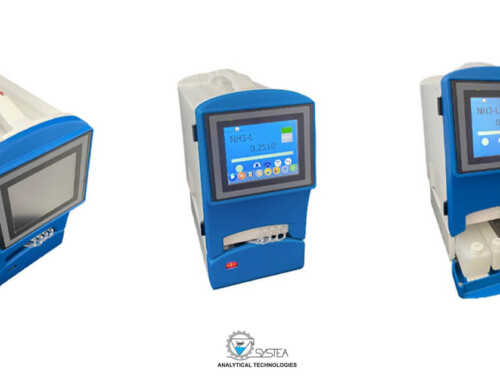
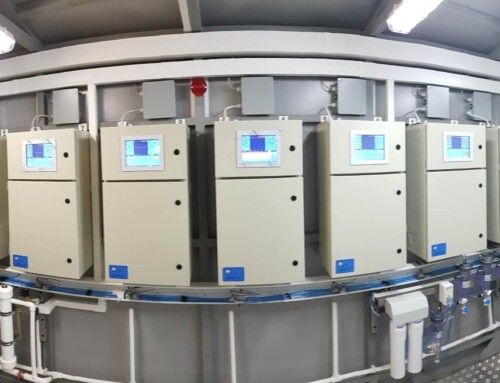
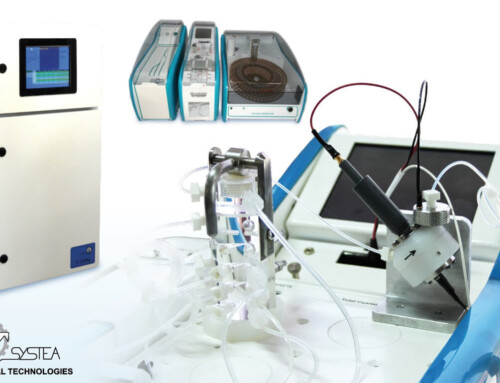
Leave A Comment